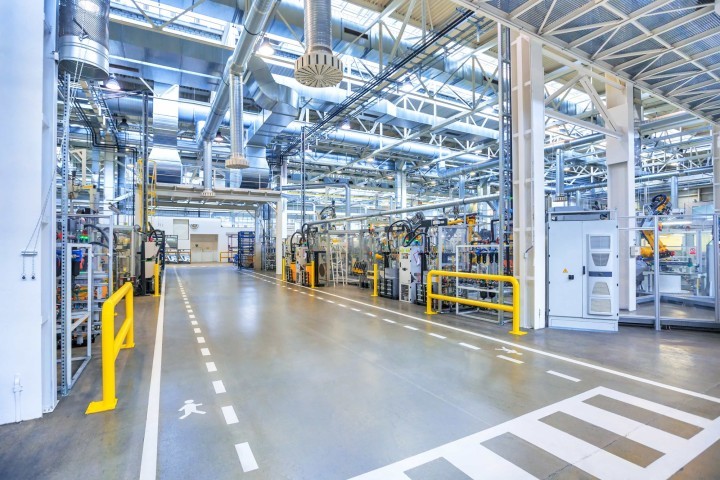If you're gearing up to relocate your factory, you're embarking on a challenging and daunting journey. We understand the apprehension and uncertainties that come with such a significant move. In this comprehensive guide, we'll walk you through the essential steps to ensure a seamless and successful factory relocation.
Make a Move Plan Early
To maximise the effectiveness of your factory relocation, it's crucial to allocate ample time for planning. While time constraints are common, investing more time in meticulous planning and risk analysis will pay off in the long run. This is especially true if you need to maintain production during the transition.
Consider using a project management tool to organise your thoughts and tasks. Initially, the sheer magnitude of considerations might seem overwhelming, but breaking them down and structuring them will provide clarity and ease the planning process.
Choose Your Team
A successful factory relocation project necessitates a well-coordinated team with expertise across various domains. While you may have already identified the need for designers, builders, and machinery movers, it's important not to overlook other crucial stakeholders, such as HR, union representatives, and Health & Safety personnel.
Involving your employees in the planning process can be immensely beneficial. Relocating a factory can significantly impact their lives and engaging them early on can pre-empt any potential issues arising from their concerns. Additionally, your employees may possess valuable insights that can enhance the planning phase.
However, there may be valid reasons to exclude certain personnel from the planning process. In such cases, it's advisable to caution your team against discussing preliminary plans openly to maintain confidentiality and prevent misinformation.
Identify Weaknesses and Leverage Strengths
Recognise your team's strengths and weaknesses realistically. Seek expert assistance in areas where you lack knowledge or capabilities. While your project managers may excel at planning the assembly line, your HR department might lack experience in manufacturing relocations. Ensure that your production schedule can be maintained if your current personnel is accustomed to disconnecting and packaging machinery.
Early engagement with contractors and advisors can be invaluable during the planning stages. Additionally, consult the manufacturers of your equipment. They can offer insights to optimise your new shop floor layout and provide guidance on detaching, disassembling, and reinstalling the machinery.
Layout Drawings
Obtain accurate layout drawings for both your current and future factories. These drawings serve as vital tools for your team and contractors. Verify the accuracy of the designs visually, as any discrepancies could lead to costly mistakes.
Pay attention to the following elements.
- Position of columns
- Quantities, names, and sizes of equipment
- Utility placements
- Pits, trenches, and aisles
- Overhead devices
Reviewing your drawings manually can help identify elements that must be transferred or replicated in your new facility.
Audit and Document Your Equipment
Thoroughly inspect and record the condition of your equipment. This step will enable you to make informed decisions regarding relocation, renovation, or abandonment of certain items. Assign a unique asset tag to each item that needs to be relocated or received. These tags simplify information retrieval and ensure correct usage. Duplicate asset tags applied to packaging materials can aid in tracking and organising equipment during the move.
Consider taking photographs during the audit to document the overall condition and connection points of the machinery. Additionally, take note of any special requirements such as foundations, pits, or trenches for specific machines. Ensure you have comprehensive programming information, spare parts, maintenance records, and manuals for each piece of equipment.
Evaluate Your Supply Chain
A factory relocation will undoubtedly impact your supply chain. Even with meticulous planning, it's essential to anticipate and prepare for potential disruptions in the flow of supplies and goods. Evaluate how the change will affect your suppliers and customers and make the necessary adjustments to minimise any negative consequences.
Relocating a factory can be an overwhelming endeavour, but with careful planning, a well-coordinated team, and expert guidance, you can ensure a successful transition. By following the steps outlined in this guide, you'll be equipped to navigate the challenges and complexities of factory relocation, setting the stage for continued growth and success in your new location.
Remember, proactive planning, clear communication, and collaboration are the keys to triumph in your factory relocation journey.






















